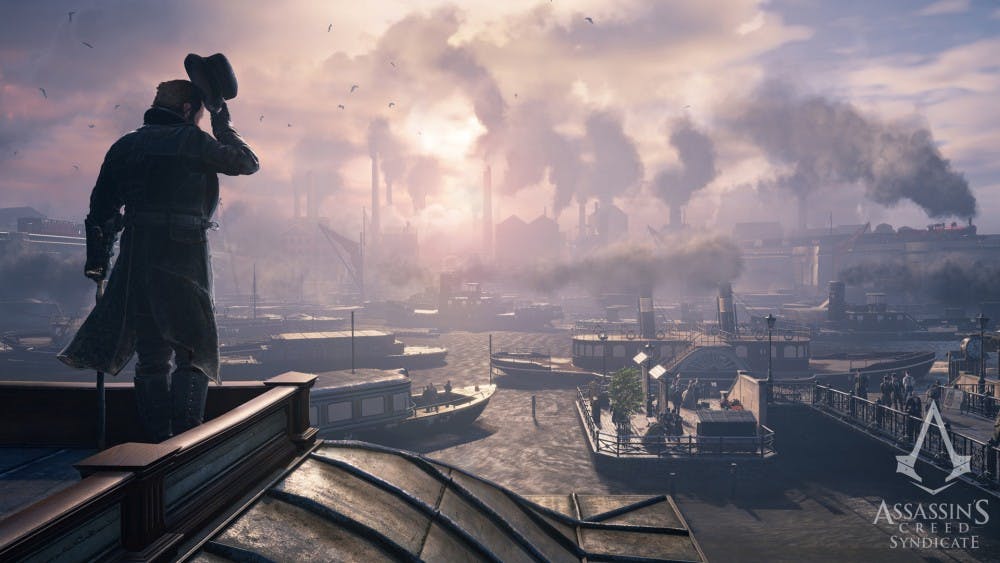Video games have become infinitely more complicated since their original conception. Just one of those innovations has been the “open world,” or the idea that the player has complete agency to do whatever they like in a large sandbox map. Even the most casual gamer will probably notice the trend of open world games in the last decade or so. Ever since “Grand Theft Auto III,” developers slowly started incorporating this sort of freedom into their games. In theory, open-world maps seem like the epitome of how the modern generation plays games: with complete and utter control to play however they like. However, in reality, sandbox style maps and overt player freedom can disrupt the gameplay experience.
Just as “Grand Theft Auto” popularized the idea, they also have exemplified and represented exactly how open-world games should feel and play. A certain number of story missions, a variety of fun but disposable side missions, a load of interesting strangers to meet, and miles upon miles to drive or fly to the next destination are all typical characteristics of the open-world video game. Something like “GTA” thrives off an open-world aesthetic, but some have been ruined by a dead and unexciting world with trivial and repetitive tasks, á la “Mafia III.”
One of the most popular open-world franchises today, “Assassin’s Creed,” was originally critiqued for its lack of meaningful stuff to do in the map. Thankfully, later iterations bountifully improved in this area, but there are many who would argue that all of Ubisoft’s open-world games follow the exact same model (which has now been copied by many more). There is a cause for concern that some developers wish to make open-world games solely because they can.
No, not every game needs to be — or should be — in an open world, but I do believe there is a decent half-way point. An even more recent trend in games is the merging of an open-world aesthetic with the nostalgic concept of levels. The last two “Tomb Raider” games have worked on this model specifically. The player is initially put into a small sandbox map that then guides the player into a linear narrative before then opening up to a new sandbox. This creates the opportunity for exploration without having to sacrifice narrative or risk having too little to do in the world.
Bethesda’s “Dishonored” series has stuck to this basic premise though in a more fractured way, and even last year’s “Uncharted 4” (The Daily Gamecock’s Game of the Year) deviated from its rigidly linear play style to provide a couple places to survey. The upcoming games “God of War” and “Mass Effect: Andromeda” seem to be following suit as well.
After playing in the huge world of “Fallout,” I found comfort in being able to play the campaign of “Uncharted” without having to worry about the 12 other quests on my radar. Even the quasi-MMO that is “Destiny” avoided the pitfall of an open-word that I believe their competitor “The Division” unfortunately did not.
As college students, we have a select number of titles that we can afford to buy each year. Open-world games are great for people like us who must choose what game offers the most content for the price. But for every “Witcher III” (which has arguably too many things to do), there is also a dead and empty world like the original “Watch Dogs.” I for one am glad that developers seem to be reenvisioning the tried-and-true, open-world formula created by Rockstar over 15 years ago, because sometimes, bigger is not better.

